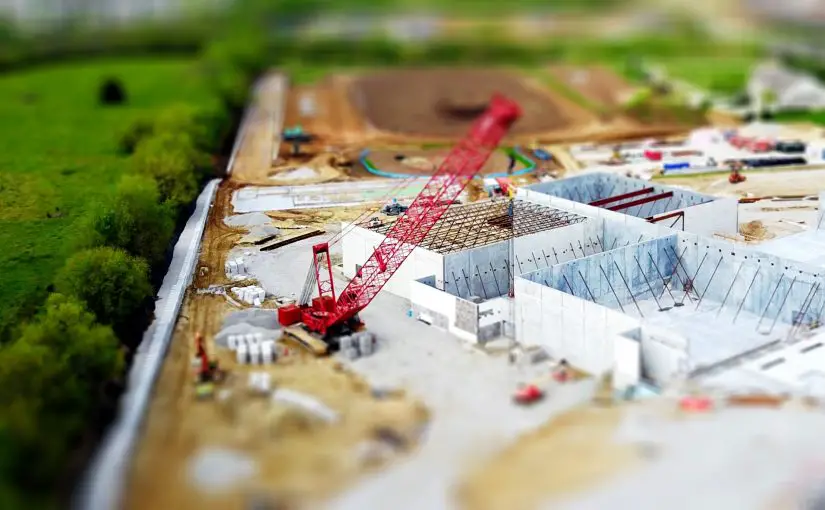When it comes to the completion of construction projects, change orders happen to be one of the major sources of frustration for contractors. At the same time, they have a far-reaching impact on the project scope, cost and timelines, yet it is something that cannot be avoided. However, having a proper change order management system in place enables teams to mitigate the disruptions in costs and schedules. But effective change order management remains a crucial pain point for a majority of construction companies.
Thankfully, big and small firms alike have realised the value of effective project management and cost control software solutions in construction, which have the potential to steer change management in the right direction. But before we talk about these solutions, it is vital to understand the costs associated with change orders in the first place.

Calculating the actual cost of change orders
Even before you start working on project cost control strategies in the face of change orders, it is vital to grasp their actual impact. Apart from the quantified costs, change orders also result in a significant loss of productivity. There is a lot more that exists below the surface. Let us explain the true cost of change orders as segmentation of direct, indirect and consequential costs.
Direct Costs: As the name implies, these are the costs directly influenced by the change order. Typically, this includes labour, equipment, material and other expenses related to the change. Apart from these costs, less obvious expenses such as the cost of the structure redesign, expenses of extra set up and clean up and cost of communication with engineers and crew specifically for implementing the order also come in this category.
Indirect Costs: Essentially, indirect costs include overheads. They may be a fixed or variable part of the project, based on the accounting practices followed by the business. When indirect costs are calculated as a percentage of the overall job, they tend to rise.
Consequential Costs: These are the costs associated with the timing of the change order. It is common for these orders to slow down the efficiency, which can result in consequential expenses that are hard to quantify. This can happen due to factors such as reassigning supervision, diluting labour power and more.
Cost Control with a Digital Solution
Considering the myriad of costs associated with change orders, managing them can be more challenging than you may think. Handling them manually can take a lot of work, right from budgeting for the change to tracking costs, analysing them and preparing reports that are to be passed on to the stakeholders. Apart from the complexity of the manual cost control operations, the chances of error run high when you have to record, access and process information across multiple spreadsheets. To handle such scenarios effectively, a project cost control software solution can prove beneficial as it automates the entire lifecycle and provides actionable insights to take the right steps for monitoring the change order-related costs.
Project managers should look for a holistic project management software solution that not only facilitates cost control but also encompasses other aspects such as ordering supplies, planning deliveries and scheduling labour. One that enables real-time updates in project information is a plus because it will keep the stakeholders informed about cost deviations at all stages.
About the author: The author is a construction project manager with Zepth.com and has a flair for writing as well. Since She has a rich experience in working on construction projects of diverse sizes and scales, he likes sharing them as articles on leading blogs and online platforms.
